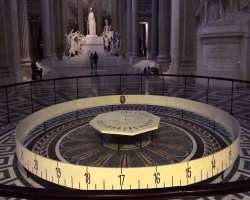Pantheon History, Travel Information, Hotels, Fare, Facts And More
Rate Pantheon as Monument here
PERSONAL INFORMATION
NAME
Pantheon
COUNTRY
France
ADDRESS
Place du Pantheon, 75005 Paris, France
PANTHEON PICTURE
More Information
About Pantheon
Located in the 5th arrondissement of Paris is the monument known as Pantheon. It lies in the Latin Quarter, standing atop the Montagne Sainte-Genevieve. Originally built as the Church of Ste-Genevieve, was conceived as a monument to Paris and the French nation as much as it was the church of Paris's patron saint. It is a much visited tourist attraction and a significant historical monument.
Some Lesser Known Facts About Pantheon
- Its construction began in 1757, designed by the architect Jacques-Germain Soufflot. It was supposed to replace an older church built in the same spot. Later on, it was secularized during the French Revolution and committed to the representation of great Frenchmen. It was then that is it was named the Pantheon.
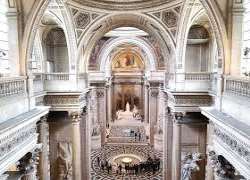
- Up until the year 1995, the burial of prominent French figures at the Pantheon was a symbol of respect and admiration for the deceased but it was limited to men. The former Roman temple broke with custom and housed the tombs of physicist and chemist Marie Curie in its sanctified halls for her contributions to the study of radioactivity. Her husband, a physicist named Pierre Curie, is also buried here.
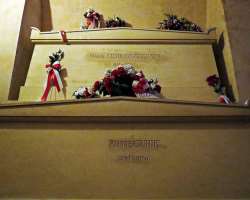
- Many other famous French people including philosophers and filmmakers are buried inside its walls. These include Victor Hugo, Alexandre Dumas, Voltaire, Emile Zola, and more.
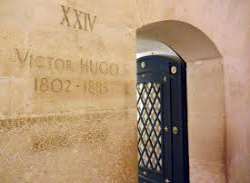
- The inspiration of its neoclassical exterior is taken from ancient Roman architecture, while the impressive and dramatic interiors are irrefutably French Gothic. It still holds true to a certain degree to Soufflot's vision, who passed away before its completion.
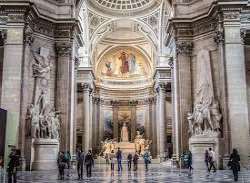
- Above the Pantheon's façade figures, one can see an engraving, which reads 'AUX GRANDS HOMMES LA PATRIE RECONNAISANTE'. The inscription means 'To great men, the grateful homeland'.
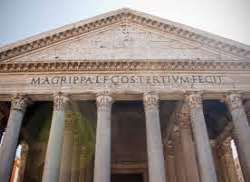
- Foucault conducted an experiment in 1851 to prove that the world rotates on its axis by building a gigantic iron pendulum in the Pantheon. It was shifted to the National Conservatory of Arts and Crafts but an imitation still resides on display at the Pantheon.
